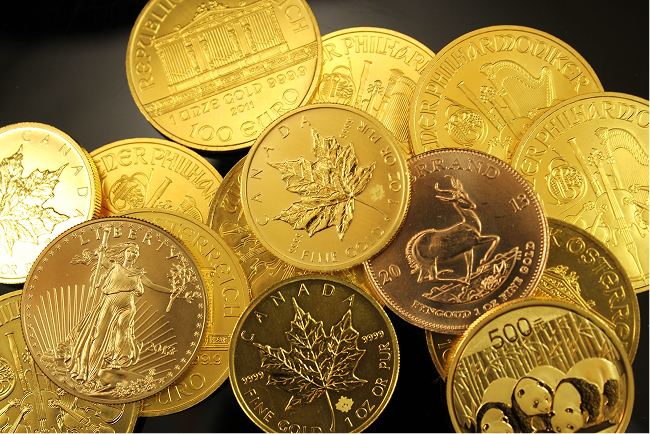Home > Understanding the Value of Graded vs Non-Graded Coins: A Collector’s Guide

Let’s dive into the key differences between the two options
Whether you’re seasoned or a newcomer to coin collecting, one of the most significant decisions you’re probably juggling is whether to invest in graded or non-graded coins. Our comprehensive guide will explore the key differences between these options and help you make informed decisions for your collection.
Some refer to “grading” as certifying, rating, slabbing, or encapsulating. Whichever term you use, you may be wondering if graded coins are worth more. The short answer is: not necessarily. But grading your coin will allow you to certify it and make the valuation process much easier for the buyer and seller.
Few processes have revolutionized collecting as much as professional coin grading. This standardized system has transformed how we evaluate, trade, and preserve our numismatic treasures, providing a universal language for describing a coin’s condition.
Coin grading is a standardized process where professional numismatists evaluate a coin’s condition and authenticity. Professional grading services, like PCGS (Professional Coin Grading Service) or NGC (Numismatic Guaranty Corporation), assess coins using a 70-point scale, where 70 represents a perfect coin specimen.
When it comes to investing in graded coins, collectors often wonder about the tangible benefits they receive for the additional cost. The value extends far beyond mere numerical grades, encompassing crucial aspects of authentication and preservation.
The most compelling advantage of graded coins may be the authentication guarantee. When you purchase a graded coin, you receive independent verification of:
Graded coins offer consistent evaluation across the market. The 70-point Sheldon scale provides:
Professionally graded coins come sealed in tamper-proof holders that:
While professional grading offers numerous benefits, there’s a compelling case for maintaining some coins in their raw state. Understanding when to keep coins ungraded can be just as important as knowing when to have them certified. While professional grading offers its benefits, there’s a compelling case for maintaining some coins in their raw state. Understanding when to keep coins ungraded can be just as important as knowing when to have them certified. To help you make an informed decision, consider the following:
Here’s how raw coins can present excellent opportunities for knowledgeable collectors:
The choice between graded and non-graded coins represents one of the most important decisions you as a collector can make. How will you carefully consider all the factors, from market conditions to personal collecting goals? Here are a few things to think about:
Drawing from decades of experience in the numismatic market, certain principles have emerged that can guide you in your grading decisions. These insights can help you — no matter what your experience level — navigate the complexities of coin grading. Different market segments favor different approaches: key dates and rarities as better as graded specimens; common date coins as reasonable to collect raw; modern issues that may not require immediate grading; and ancient coins, often collected raw due to surface characteristics.
For those building a collection, we recommend:
1. Starting with a mix of both graded and raw coins
2. Learning basic grading skills through hands-on experience
3. Investing in graded specimens for key dates and valuable pieces
4. Considering having significant raw purchases professionally graded
5. Maintaining proper storage conditions regardless of grading status
Remember to consider:
Whether choosing graded or non-graded coins, success in collecting comes from knowledge, careful evaluation, and alignment with your collecting goals. For significant purchases or historical pieces, professional grading provides valuable protection and authentication. However, raw coins offer opportunities for hands-on learning and potential value appreciation through expert evaluation. Remember that both graded and non-graded coins have their place in a well-rounded collection. The key is understanding when each option best serves your collecting strategy and investment goals.
Have questions? Get in touch.
Buy Gold
Sell Silver
3 months ago
Buy Gold
Sell Silver
3 months ago
Buy Gold
Sell Silver
3 months ago
9331 Tamiami Trail N, Naples, FL 34108
Leifs Coin shop is located in Naples Florida next to Mercato Shops. Our coin store is not located in Fort Myers or Gulf Coast Town Center Mall.